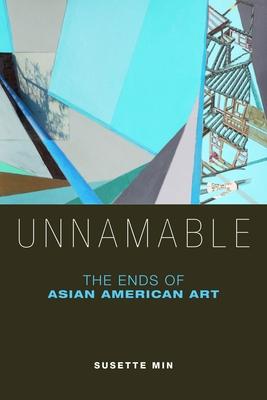Redraws the contours of Asian American art, attempting to free it from a categorization that stifles more than it reveals.
Charting its historical conditions and the expansive contexts of its emergence, Susette Min challenges the notion of Asian American art as a site of reconciliation or as a way for marginalized artists to enter into the canon or mainstream art scene. Pressing critically on the politics of visibility and how this categorization reduces artworks by Asian American artists within narrow parameters of interpretation, Unnamable reconceives Asian American art not as a subset of objects, but as a medium that disrupts representations and embedded knowledge. By approaching Asian American art in this way, Min refigures the way we see Asian American art as an oppositional practice, less in terms of its aspirations to be seen--its greater visibility--and more in terms of how it models a different way of seeing and encountering the world.

Redraws the contours of Asian American art, attempting to free it from a categorization that stifles more than it reveals.
Charting its historical conditions and the expansive contexts of its emergence, Susette Min challenges the notion of Asian American art as a site of reconciliation or as a way for marginalized artists to enter into the canon or mainstream art scene. Pressing critically on the politics of visibility and how this categorization reduces artworks by Asian American artists within narrow parameters of interpretation, Unnamable reconceives Asian American art not as a subset of objects, but as a medium that disrupts representations and embedded knowledge. By approaching Asian American art in this way, Min refigures the way we see Asian American art as an oppositional practice, less in terms of its aspirations to be seen--its greater visibility--and more in terms of how it models a different way of seeing and encountering the world.